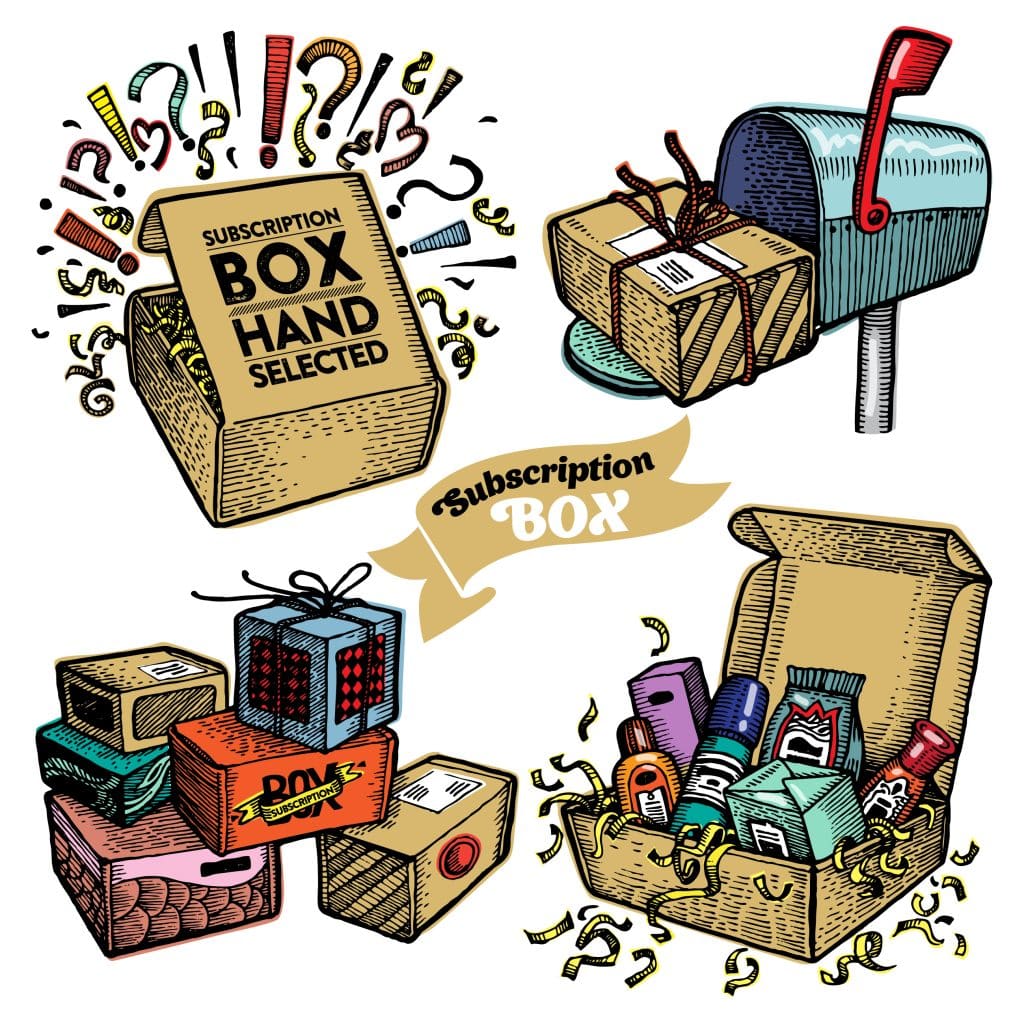If you’re thinking about getting into the subscription business, you’ve probably heard of the DTC model. It’s increasing popularity runs the gamut of consumer goods — including multiple options for everything from fresh food and entertainment to stationery and personalized shampoo.
What is DTC? Why is it suddenly so popular? Is it right for your business? Are you prepared to manage the downpour of data the DTC business model brings?
DTC 101
Direct to consumer (DTC) subscription services deliver products directly to consumers from the manufacturer — without the retail go-between. The DTC model is particularly popular for two reasons:
- It’s convenient for consumers.
- It’s consistent business for manufacturers.
But don’t forget: Direct to consumer delivery also means direct access to consumer data, including critical data points for improving your products, optimizing your pricing model, and building long-term relationships with your subscribers.
The DTC difference
Transparency and access are the biggest differences between DTC and traditional retail. Consumers have direct access to the manufacturers of the products they prefer, and subscriptions offer companies an efficient mechanism for sales and delivery, but there are a few different approaches to DTC.
For services like Dollar Shave Club and Quip, initial sales — of razor handles and electronic toothbrushes respectively — are nice, but the real revenue comes from regularly scheduled refills of replacement cartridges or toothbrush heads. This creates lasting customer relationships, which are an ongoing opportunity for upsells and add-ons. Dollar Shave Club sells shaving lotion and soap as well as razors, and Quip offers toothpaste and dental floss subscriptions alongside quarterly brush and battery replacements.
Mystery box services deliver their customers different products on a regular schedule. These subscriptions usually fall within broad consumer product categories, like stationery, games, or science experiments, but the specific contents of each box are a surprise with every delivery. These services rely on consumer interest in their particular specialty, and customers often give this type of subscription as a gift — which means two sets of data to manage.

Meal delivery subscriptions fall somewhere in the middle of the refill and mystery models. For example, Hello Fresh offers its subscribers choices from a limited number of options, so consumers can customize their menus but still receive an order that looks a lot like what their fellow subscribers get.
Each of these common DTC models has its own pros and cons, but there are some popular features all DTC businesses tend to share.
Why DTC?
Consumers like DTC for obvious reasons. The most popularly reported reason is the difference in product quality from traditional retail. Prices are lower for a higher-quality product, and DTC customers also report satisfaction with:
- More and easier access to discounts
- The convenience of regular deliveries
- A personalized customer experience
All of these benefits are a result of direct, no-hassle access to manufacturers, which consumers consistently find more enjoyable than traditional retail shopping.
DTC’s appeal to manufacturers has a lot to do with its popularity with consumers, which results in the world’s most effective form of marketing: word of mouth. Because of the novelty of the product, and the convenience of the service, consumers TALK about their DTC subscription experiences. A successful DTC launch drives investment, which leads to more chatter, which feeds an ongoing cycle of company growth. It’s something of a snowball effect, and the success it brings relies, in part, on your company’s approach to managing the avalanche of DTC data.
The DTC data factor
With a clear idea of how DTC subscriptions work, it’s easier to understand just how critical high-quality data is to a DTC company. More than half the advantages consumers report as their reasons for doing business via DTC subscription rely on good data.
Customers cancel subscriptions for several reasons, including inability to pay, declining interest, or a surplus of the product in question. With high-quality customer data, your DTC company has the insight and opportunity to resolve these issues — which decreases cancellations AND increases your chances of winning back former subscribers.

Collecting data is an organic part of the DTC subscription process. In the case of mystery boxes, consumers supply a lot of upfront information about their product and delivery preferences, while refill/replace models acquire more data about consumer habits over time. From a data collection perspective, DTC models are a gold mine of useful consumer information, but sorting, organizing, analyzing, and USING the avalanche of data you acquire is crucial to subscription service success. Create a consistently satisfying subscriber experience by keeping your DTC data accurate, valid, relevant, unique, up-to-date, and complete.
[cta]If you need help managing the quality of your DTC data, reach out to pam.lang@xcelerated.com, call (877) 236-9155, or visit xcelerated.com to learn more about custom data quality management solutions for your DTC subscription business.[/cta]
